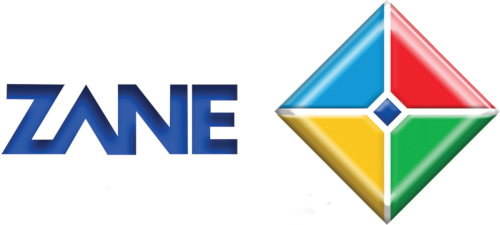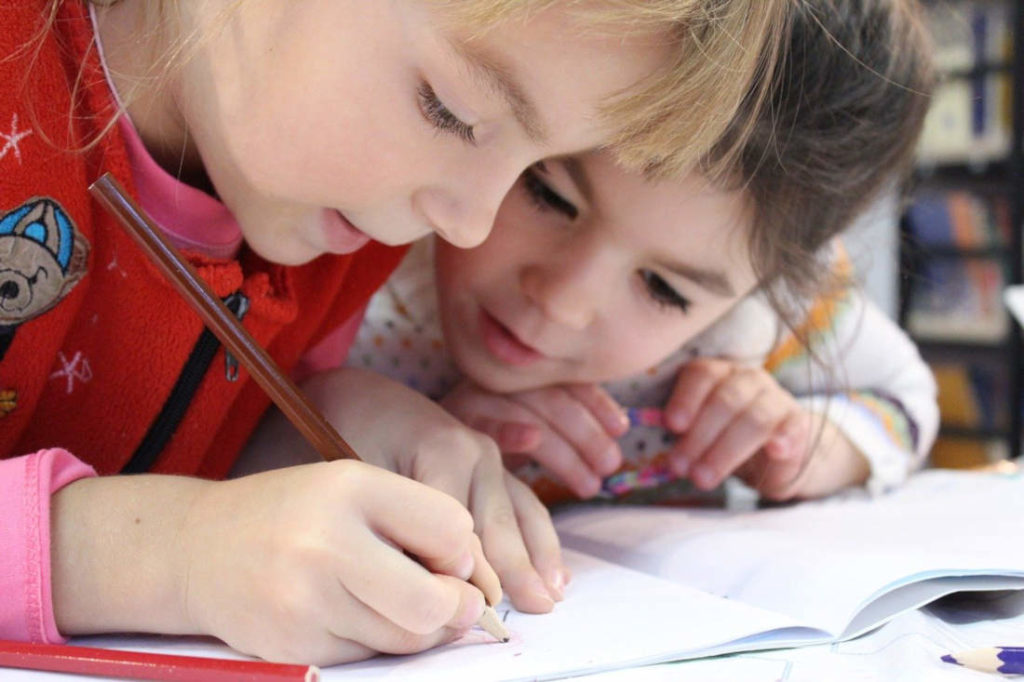“If over 65% of the population are visual learners, there are millions whose learning is limited by using textbooks alone.”
– Nicholas Tee –
VISUAL LEARNING: THE MOST POPULAR PREFERRED LEARNING STYLE
If research indicates that 60% of the population are visual learners, it is important that we understand and appreciate the benefits and effectiveness of visual learning in the way we educate students today. And an important question that we should ask ourselves about the way we educate our students today, “Are visual learners restricted by our focus on textbooks as a means by which to deliver information to them?”
Here at Zane we have realized over the last 10 years of working with students with Dyslexia and reading difficulties, that visual learning provides an immediate and highly effective solution for them. At the same time we live in a time where the internet has brought connectivity to everyone and we see the impact of and preference for visual learning in all forms of activity.
While visual learning is just one of the four main preferred learning styles, research indicates that a significant 65 percent of the population today are visual learners, or prefer visual learning as a way to learn and process most information. And the success of YouTube, Vimeo and other video broadcasting platforms demonstrates that.
This doesn’t necessarily mean that over half the student population relies on learning using pictures or videos alone. Many combine Visual Learning with one or more of the other three preferred Learning Styles; Aural or Auditory Learning (where the user prefers the use of Sound or Music), Verbal/Linguistic Learning (using words in reading, speech and writing), or Physical/Kinesthetic Learning (using your body, hands and sense of touch).
Nevertheless the high percentage of visual learners is significant.
However when we consider the 1 in every 8 students of school age that live with Dyslexia, and who find that visual learning provides a solution to the problems they experience using textbooks and printed materials, then the use of visual learning in education potentially becomes even more important.
Evidence surrounds us today to support the claim that visual learning is increasingly prevalent in society with all aspects of the online world using video and images to deliver messages as the use of computers, tablets and mobile phones become increasingly popular. In fact marketing and advertising is also dominated by the use of visual imagery.
With that in mind, we realize that visual learning in education becomes so important that we can no longer ignore the numbers.
Using our online learning platform Zane Education, we focus heavily on the use of video as a visual learning resource to deliver K-12 curriculum learning. What is so impressive about the video is its ability to take complex ideas and make them easily understandable. At the same time visual learning is a very effective learning tool for many students that benefit from Special Needs Education.

Zane Education seeks to better provide for Visual Learners by also combining the use of subtitles and captions with each video to also cater for needs of the Auditory Learner and the Verbal/Linguistic Learner, even using highlighted words in those subtitles to identify and deliver the meaning of those words important to the learning of each specific topic.
Zane Education also seeks to take advantage of the abundant research that has been carried out and published on the link between the use of subtitles and captions on video, and the ability to improve reading and literacy skills. For the first time an online learning provider enables all students to study and learn a wide rage curriculum subjects, while enabling them to improve their reading and literacy skills simultaneously.
Visual Learning also provides significant benefits for those millions of foreign students around the world studying ESL and learning English as a Second Language when you combine subtitles with video. Students can see the words, hear how they are pronounced, and understand how those words should be used in sentence structures.
Visual Learning again provides real benefits in teaching children to read. Learning to read phonetically is based upon the concept of a student or child seeing characters of the alphabet and associating particular sounds with them. Many still regard this as the most effective way in which to teach children to read.
Here at Zane, during the years we have worked with Zane Education, Visual Learning has become a passion for us. We have a firm belief that there are still so many areas of opportunity to be explored with Visual Learning.
It has always been of interest to us whenever we have the opportunity to watch a child or student using a subtitled video. Even when not focusing on reading the subtitles, we have noticed their eyes regularly flick down to the subtitles – even for a fraction of a second, as they subconsciously scan the words and relate them to the sounds of the video’s soundtrack.
The opportunity to learn visually has opened doors for so many students with special educational needs, especially those hundreds of thousands that live with some form of Dyslexia. During the 10 years we have worked in the Dyslexia community we have come to appreciate that 90%+ of dyslexics are exceptionally bright and intelligent individuals. They simply need a better option to the textbook and printed characters as a means by which to access and process information.
Many of those working in education fail to appreciate that for a dyslexic student, trying to learn using text is like being expected to learn in a foreign language. This misunderstanding regularly leads to accusations of the student being lazy, disinterested or intransigent – none of which is true. Situations like this often lead to the student losing their natural interest in learning.
Visual Learning (and Auditory Learning) also provide a an ideal solution for many others with Special Education needs by enabling the learning process to become a much more dynamic, interesting and compelling experience.
When a child or student understands and identifies his or her unique preferred Learning Style, you can begin to build upon it. Understanding Learning Styles is only a first step in maximizing learning potential and overcoming learning differences.
Interested in improving education? Why not share . . .
More Articles
If you share our interest and passion for the topic on this page or educational innovation in general, then please contact us using our Contact Page to arrange an introductory conversation.



